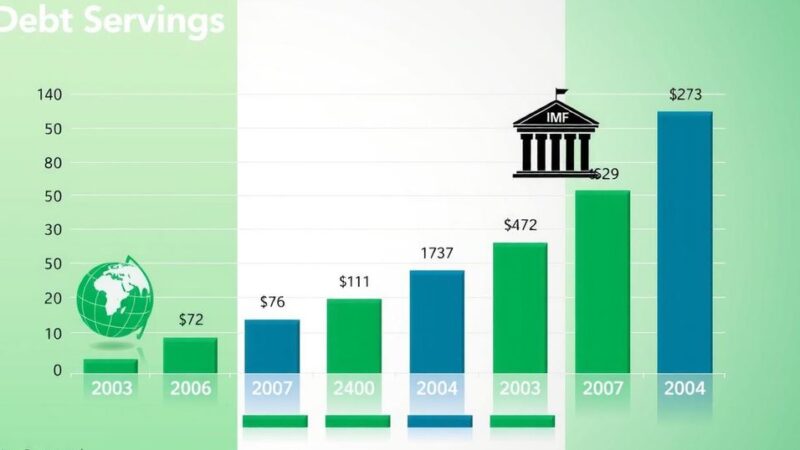President Trump has announced a 25% tariff on imports from Canada and Mexico to combat trade deficits and immigration issues. In an executive order titled ‘America First Trade Policy’, he directed evaluations of trade practices, focusing on unfair foreign practices and examining the U.S.-China trade relations. This comprehensive approach may influence global trade dynamics and American industries significantly.
President Donald Trump has instituted a 25% tariff on all goods imported from Canada and Mexico, effective February 1. This move falls within his administration’s “America First trade policy,” which mandates a comprehensive assessment of trade deficits and potential agreements by April. The U.S. currently has a substantial trade deficit of over $150 billion with Mexico and $67 billion with Canada, prompting concerns about economic impacts, especially in sectors like machinery and electronics.
During a press briefing in the Oval Office, Trump articulated that the tariffs aim to curb illegal immigration and drug trafficking, particularly fentanyl, stating he views Canada as a significant contributor to these issues. He emphasized the necessity of these tariffs in addressing the consequences of immigration and narcotics on national security and public health.
The executive order titled “America First Trade Policy” directs government agencies to explore the underlying causes of the United States’ persistent trade deficits and assess their economic implications. It includes directives for the Secretary of Commerce to investigate anti-dumping and countervailing duty laws, alongside potential supplementary tariffs.
Additionally, Trump charged the Secretary of Treasury with designing an External Revenue Service (ERS) to collect tariffs and suggested a review of foreign currency valuation impacts on trade. The U.S. Trade Representative has been tasked with identifying unfair foreign trade practices while evaluating the USMCA agreement and exploring new bilateral trade agreements.
Trump specifically addressed the trade dynamics with China by commissioning a comprehensive review of the U.S.-China Economic and Trade Agreement. This involves scrutinizing China’s compliance and their tactics in circumventing tariffs through intermediaries like Mexico and Vietnam.
Furthermore, strategic reviews on export controls and American manufacturing’s state will be conducted to ensure national security and technological superiority. The Secretary of State and Secretary of Commerce are to propose enhancements that prevent strategic goods from falling into the hands of adversaries.
Despite a potential calm in trade relations with most nations, Trump’s expansive executive order suggests a forthcoming reassessment of the global trading landscape.
In summary, President Trump has enacted a significant tariff on imports from Canada and Mexico, reflecting a broader agenda to address trade deficits and immigration concerns. The executive order emphasizes comprehensive reviews of various trade practices and conditions, not only with Canada and Mexico but also with China. This multifaceted approach signals a potential shift in the U.S. trade policy landscape, impacting various economic sectors and international relations.
Original Source: www.hindustantimes.com






